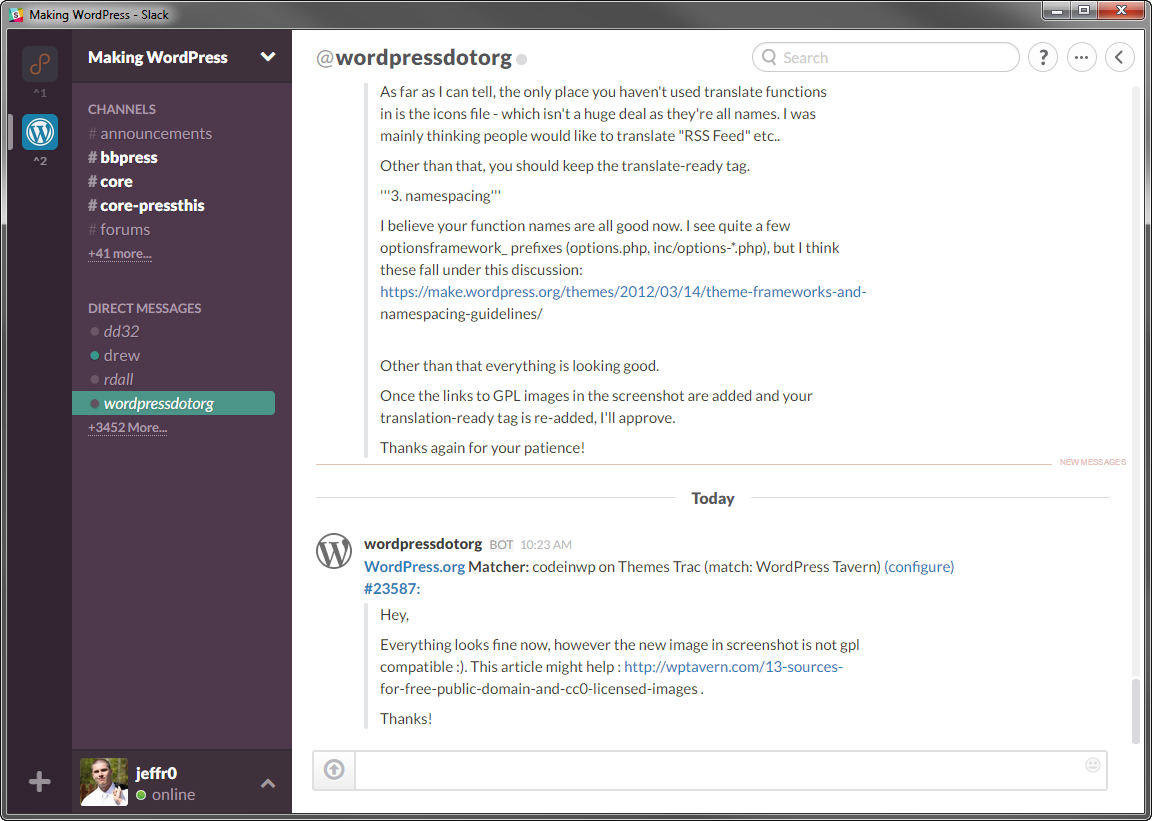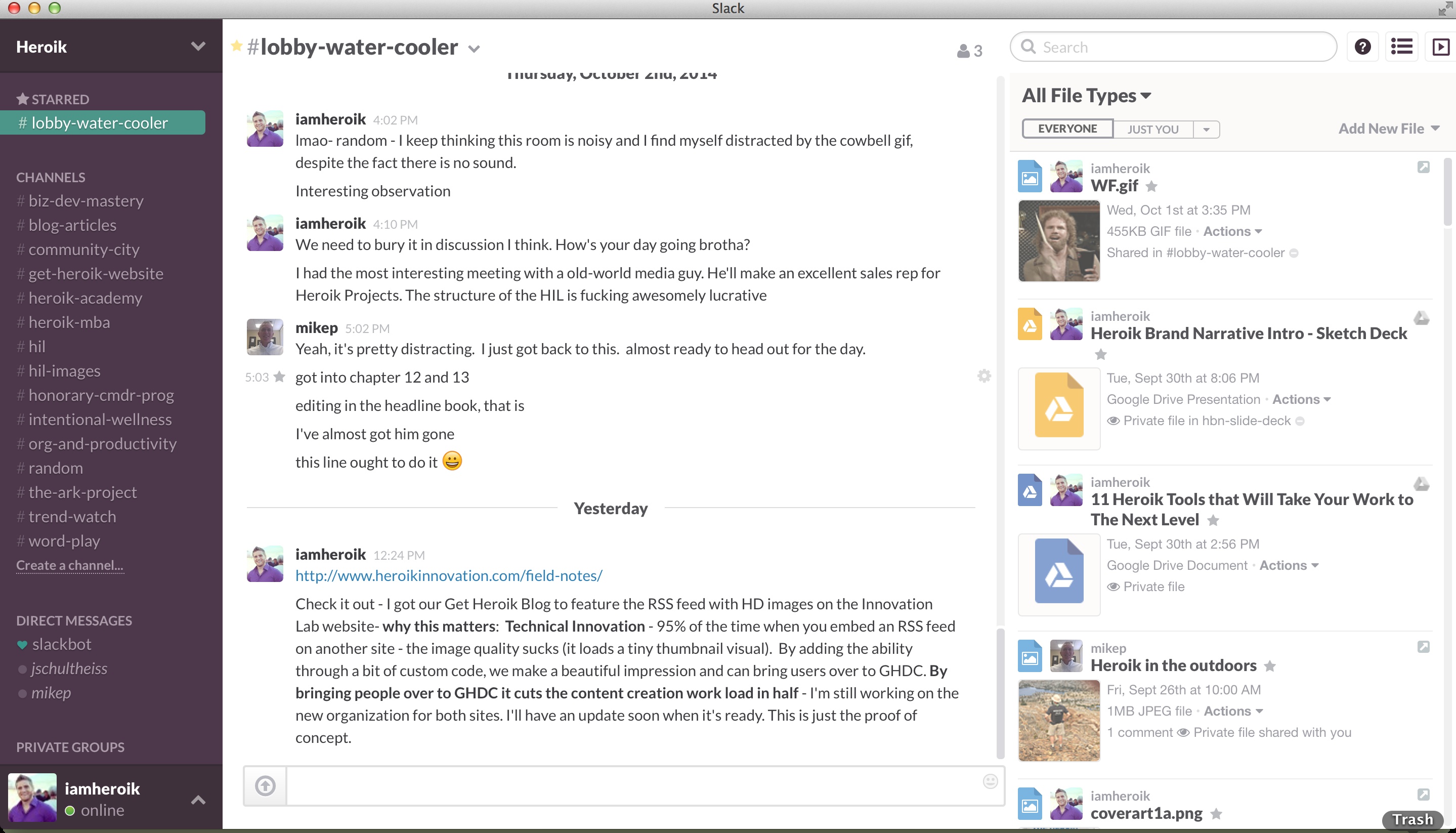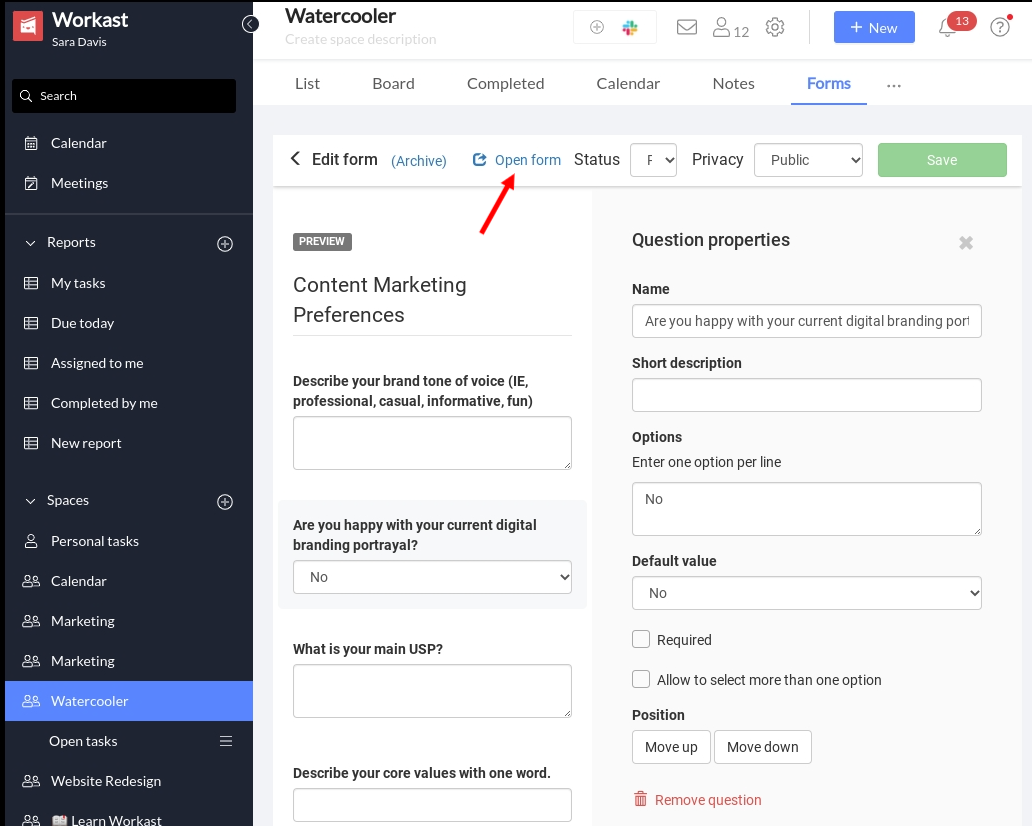

Within Slack, if you use a hashtag for a channel (like #mychannel) then users can quickly click it to go to that channel.

As far as team messaging, the first time many users ever tagged someone in an app like this was probably in Slack. They seem tailor-made for Slack.Īlthough Slack might not have introduced the mention or the hashtag, it does make frequent use of them in the interface. Some users might not even realize that there is plenty of power under the hood and an extensive array of apps and bots you can add to the interface. While Microsoft Teams chugs along at times under the weight of its many enterprise-grade features, Slack is light and airy by comparison. (Note that the purple and white interface is associated with Slack so much that changing these colors can throw people off.) The clean interface is easily recognizable - it uses dark purple and white/gray colors, although you can customize the appearance. The app avoids the word “chat” and borrows a term from Twitter with “direct messages” instead, which automatically implies privacy. While some team messaging apps don’t know when to use the word “chat” versus “channel,” it is always clear in Slack. Below that, you see direct messaging chats which can be 1-on-1 or in small groups.
#SLACK CLIENT SERIES#
At the top left of the screen, you see a series of default channels for collaborating in groups.
#SLACK CLIENT HOW TO#
It is almost effortless in the sense that you intuitively know how to use it. Treat this token with care, just like you would a password, because it has access to workspace and can potentially read and write data to and from it.(Image credit: Slack) Interface and performance The app configuration page is also where you will acquire the OAuth token you will use to call Slack’s APIs. This is where you define things like your app’s permissions and the endpoints that Slack should use for interacting with the backend you will build with Python. It’s a great place to learn all about the concepts that go into building a great Slack app.īefore you get started building on the Slack platform, you need to set up your app’s configuration. If you’re new to the Slack platform, we have a general purpose guide for building apps that isn’t specific to any language or framework. The current version, 2.0, isīuilt for Python 3.6 and higher – if you need to target Python 2.x, you mightĬonsider using v1 of the SDK.

slackclient (Legacy Python Slack SDK) will let you get started building

To make it easier for Python programmers to build Slack applications, we’ve Team – they can post messages, respond to events that happen – as wellĪs build complex UIs for getting work done. To build applications that interact with Slack just like the people on your
#SLACK CLIENT FULL#
Slack’s APIs allow anyone to build full featured integrations that extendĪnd expand the capabilities of your Slack workspace. Refer to the migration guide to learn how to smoothly migrate your existing code. The v3 SDK provides more functionalities such as Socket Mode, OAuth flow module, SCIM API, Audit Logs API, better asyncio support, retry handlers, and many more. The slackclient PyPI project is in maintenance mode now and slack-sdk project is the successor.


 0 kommentar(er)
0 kommentar(er)
